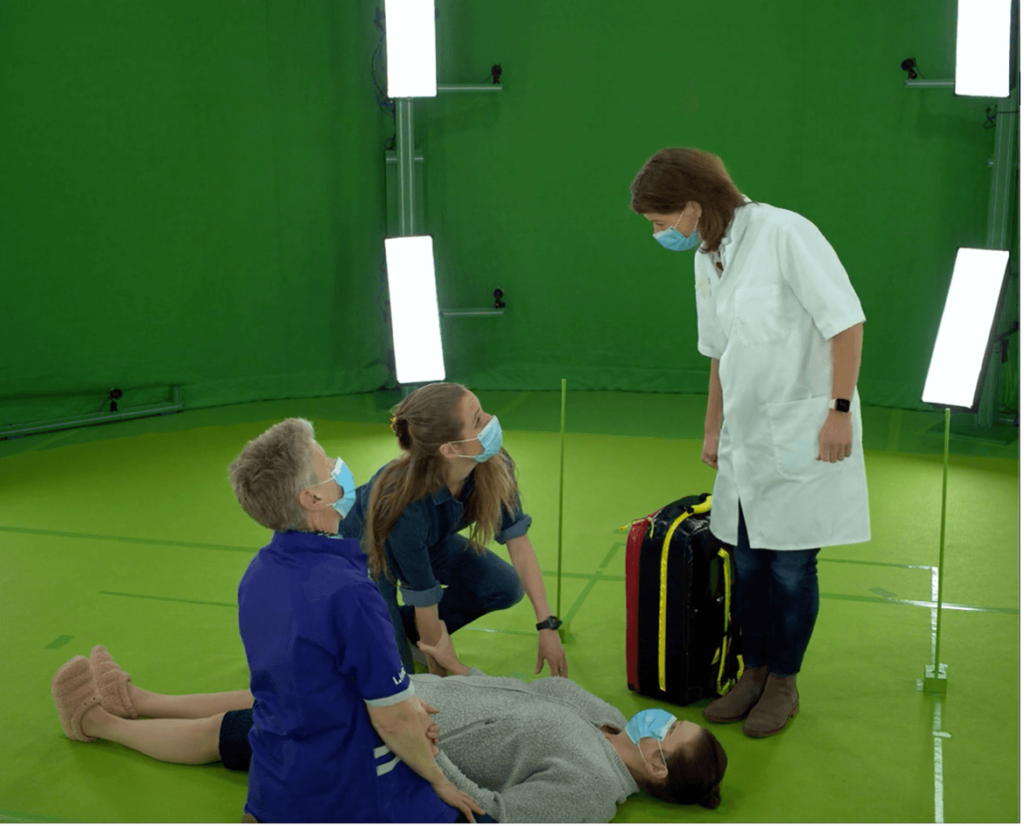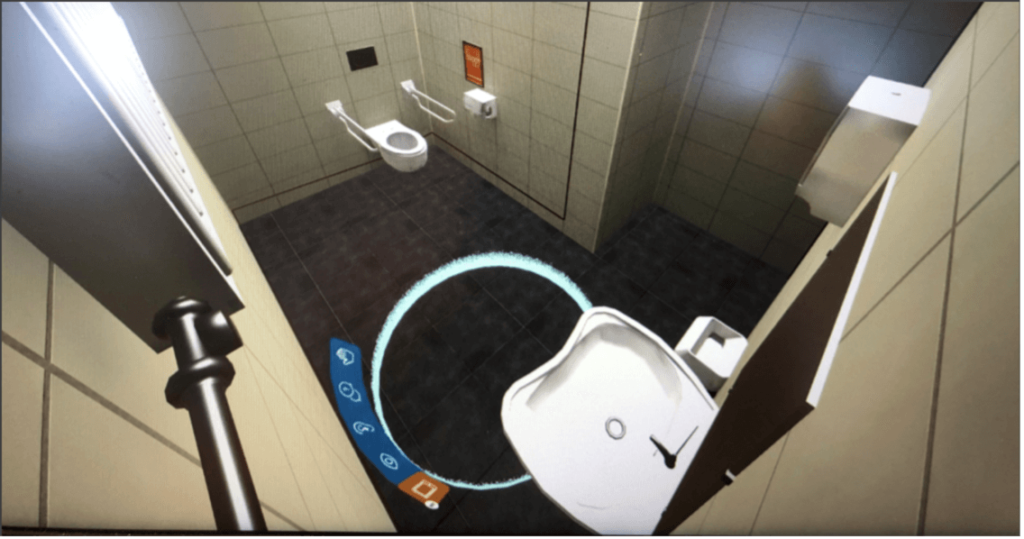
Training has always been an important part of any company. It can go from simply onboarding a new employee to establishing new processes or tools to be used in the workplace. The training methodologies are many, but the classroom setting, being it in person or online, is still the most common one. The problem is that this format has been obsolete for decades, as it fails to deliver the creative and agile skills that the 21st century demands.
We know that people learn best when they are motivated and when the content is focused on the student, centered on processes and oriented to critical thinking. New technologies such as augmented and virtual reality allow for interactive environments, flexibility for employee needs, and real-time teamwork. We already have research showing that these technologies are effective for teaching hard skills, or for skill simulation such as those used in flight simulators to train pilots. But by bringing volumetric video into AR and VR, we now have a chance to improve immersive training through a new layer of reality, a layer that will affect how we train soft skills as well.
“Experiencing something in 3D with real-life physical movement is shown to increase retention of the information being taught. Volumetric video provides presence, where a person feels like they’re actually in an environment or situation, even though it’s virtual,” says Cathy Hackl, VP of Strategic Growth & Partnerships of Avatar Dimension, a volumetric capture studio with focus in training.
Volumetric Video Medical Training
Volumetric video is already being used in medical training. The University of British Columbia has used it in a project for their medical school, as they found it difficult to connect patient volunteers with medical staff and students. Volumetric capture was then used to record patient actors, which could then be used to create a rich equal learning experience for all students. The project wanted to democratize learning through an interactive and fully immersive learning experience that used volumetric video, realistic 3D models of anatomical objects, and a gamified differential diagnosis test.
Another volumetric video medical training project is called THRIVE, and it was initiated by Schola Medica, an emergency care education center that uses scenario simulation training where trainees are being prepared to act quickly and efficiently in medical emergencies. One of their challenges was recreating real medical emergencies in training rooms, such as accidents that happen in accessibility toilets, or situations on the streets, when bystanders interfere with emergency services.
To prepare students for these and other realistic scenarios, Schola Medica chose to use virtual reality in their training sessions. Because of the level of realism that can be achieved by mixing volumetric video and VR, the skills that are gained through their training boost self-confidence and help trainees to act accordingly during a real-life emergency situation.
The decision to use volumetric video was due to the realism in people’s faces and their natural movements, making the training personal and influencing how people behave. When talking about medical training, details are important, such as how people are breathing and what emotions they are depicting. Another reason to use volumetric video was the possibility of walking around the environment, allowing students to look at the victims from different angles. Students can, then, make use of technical assessment of the situation, as they can observe what is happening from different perspectives.
THRIVE is being realized with the help of the 3D research program Chronosphere, where the potential of volumetric video in medical training is being explored. In this project, a 360-degree video is compared with a volumetric video recording for the first time. The differences between the two technologies are being studied, evaluating production processes, trainee experiences, and learning effectiveness. The difference between a 360-degree video and volumetric video is that you can see space and depth in the latter. You can actually see everything from different angles with volumetric video.

The research is being led by a team of researchers from Breda University, in the Netherlands. When thinking about how volumetric video benefits training, professor Marnix van Gisbergen says the following:
“We can train a lot of people on how to act in a very dangerous situation, where people are wounded, in the context of a war zone, fire zone, or criminal zone. But can you also act if you see that that’s your friend who is laying there? Volumetric video is one of the best tools to simulate a situation like this, to allow people to interact with each other on a personal level, and these details matter.”
Tackling Unconscious Bias
Buster Company has developed Bias Buster, a training app that is all about preconceptions in the workplace. The objective is to raise awareness of the biases we have and train people on how to build a more inclusive culture at work. By creating several implicit bias situations in augmented reality, employees get tested for their consciousness around their preconceptions in the workplace, while also developing skills for recognizing these situations in real life and acting appropriately.
But before bringing the app to life, Buster Company wanted to answer one question: Is it better to use avatars or volumetric video when training people against unconscious bias? To answer it, they developed the project using both technologies and later interviewed 35 people to know their perceptions and preferences. The results were categorical, with 95% of the interviewees preferring volumetric capture due to more facial expression and natural body language.
Because this is a very human subject, the training also needs to be very human as well. “With volumetric capture, you have very credible results, as close to real people as possible, even though the training is done through a smartphone,” says Jan Hendrik Krijnen, from Buster Company.
The company is also involved with Breda University to develop academic research regarding the added value of using volumetric video versus computer-generated avatars when fighting biases. The results should be out in around five months.
“I believe the volumetric visual quality outweighs the advantages of working with avatars,” says Krijnen after working with both technologies and experiencing the receptivity of the public firsthand. Volumetric video is, indeed, a powerful tool to train and upskill the workforce, and academic research is coming to prove it.

